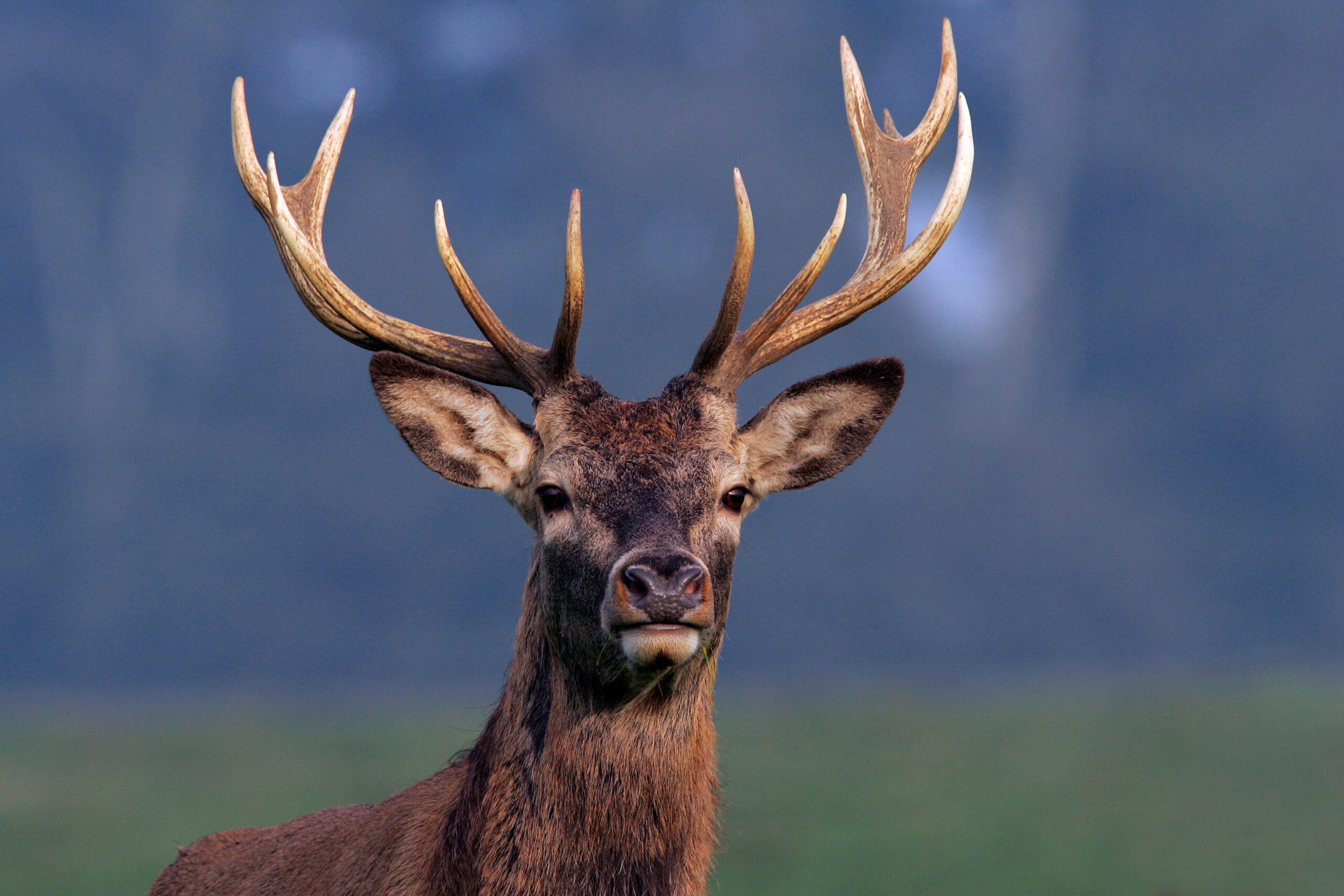A good decision, thinks animal ecologist Hugh Jansman, whose team has been researching the animal’s genetic background. ‘A robust population requires freedom of movement.’
The deer has been living in Drenthe for over two years. Initially, tracks, droppings, and the odd camera trap recording were the only signs of his presence. But since the spring he has been making more frequent appearances, instantly sparking debate about whether he could stay. Like many other provinces, Drenthe does not officially welcome wild red deer. Outside designated areas like the Veluwe or the Oostvaardersplassen there’s a ‘zero tolerance policy’.
I do enjoy seeing a deer just doing its own thing
Initially the province insisted the deer had to be shot, but it backed down from that position last week. Partly due to pressure from nature lovers, who delivered a petition with 27,000 signatures, the hunting rifle will not be dusted off unless the deer causes damage or becomes a nuisance. ‘So the province is choosing to interpret the zero tolerance policy as a zero damage policy,’ suspects Jansman. As researchers into the genetic makeup of red deer populations in the Netherlands, Jansman and his colleagues in the Animal Ecology team (Wageningen Environmental Research) are quite often asked to trace the origins of ‘stray deer.’ ‘Migration is entirely natural behaviour for red deer. We just make it much more difficult with our fences and rules. I do enjoy seeing a deer just doing its own thing, showing that we don’t have everything under perfect control in our neat and tidy Netherlands.’
Natural Selection
According to Jansman, traffic and agricultural interests are the main reasons red deer have so little space for migration in the Netherlands. Isolation can undermine the vitality of the species, he warns. ‘For groups that can mix freely with neighbouring herds, through corridors for example, a population of about four hundred red deer is sufficient to prevent inbreeding. For isolated populations that number is much higher: 4000. We don’t even reach that number in the whole of the Netherlands, which has at most 2500 red deer,’ he concludes.
Then there is also the intensive management of deer populations. Every year around 50 per cent of the Dutch red deer population is culled. ‘What impact does that have on the resilience of our red deer population?’ Jansman asks rhetorically. He tells the story of an unmanaged red deer population in Scotland, in which the calving period moved forward by several weeks over 40 years as a genetic response to climate change.
Jansman: ‘Aren’t we literally killing off genetic adaptations to, for instance, the changing climate among Dutch red deer? Natural selection barely gets a chance.’ When asked for a solution, he mentions the perspective adopted by the map of the Netherlands in 2120. ‘With much more space for well-connected nature areas, where thriving populations of wild animals can live and apex predators like the wolf are free to do their thing. That way it won’t be a fight between nature and agriculture like it is now and we won’t be such gardeners of nature as we are now.’

 Photo: Shutterstock
Photo: Shutterstock